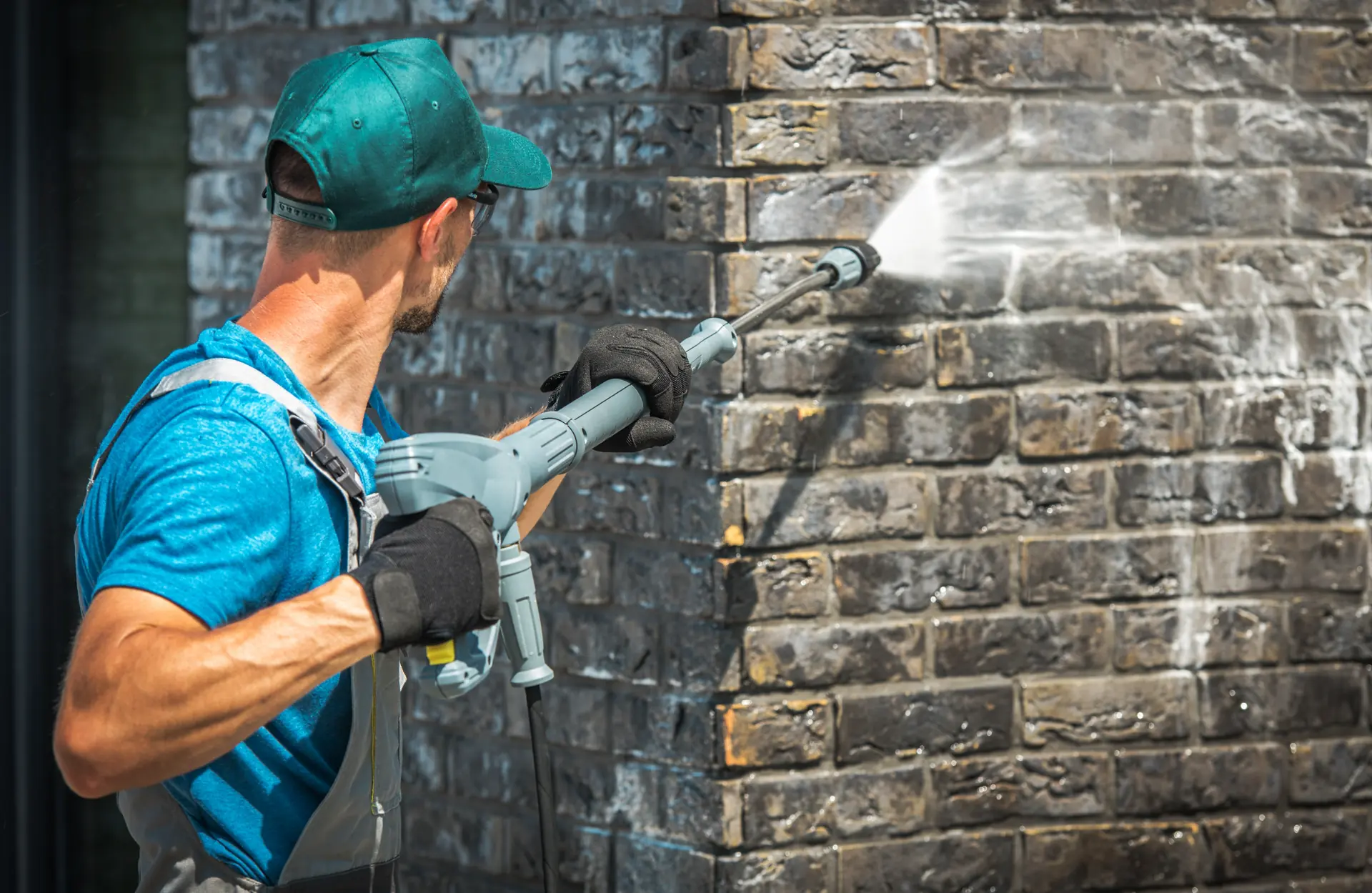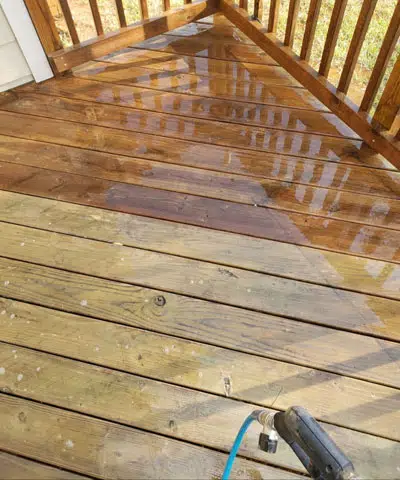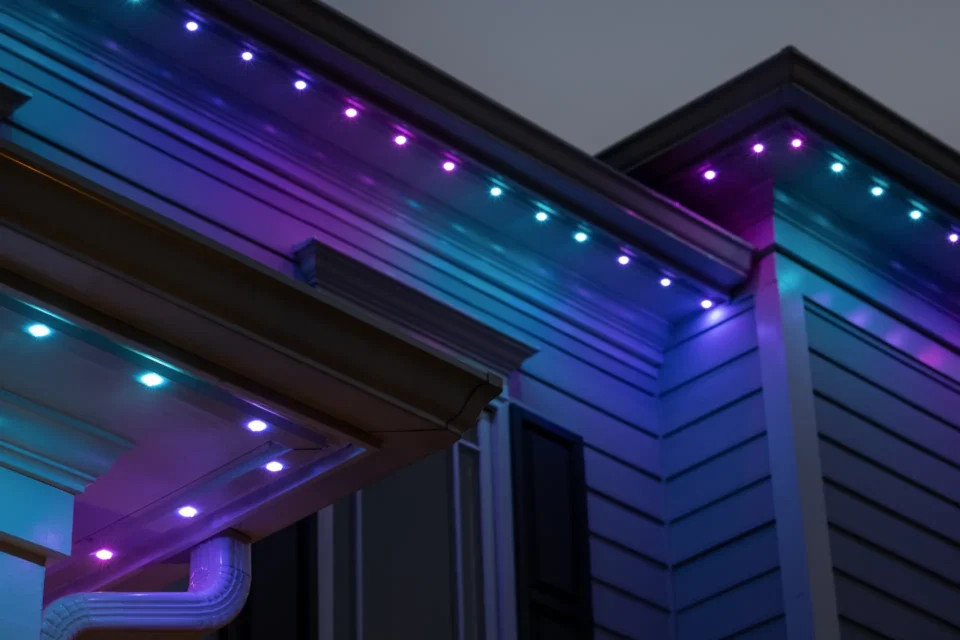Graffiti sparks a mix of reactions—it’s celebrated as art by some and condemned as vandalism by others. For cities, the challenge lies in navigating this fine line. On one hand, vibrant murals can transform neighborhoods, tell stories, and attract visitors. On the other, unchecked graffiti can signal neglect, cause property damage, and stir public frustration. This balancing act between preserving urban creativity and maintaining clean, orderly spaces is no small task.
Cities worldwide are adopting innovative approaches to tackle graffiti removal while recognizing the cultural and artistic value it can bring. From strict anti-graffiti laws to designated public art spaces, the strategies vary as much as the opinions. Whether you’re an art enthusiast, urban planner, or curious observer, there’s more to graffiti removal than meets the eye.
How Do Cities Determine Which Graffiti is Considered Art And Which is Vandalism?
The distinction between graffiti as art and graffiti as vandalism is not always obvious. The decision largely depends on various factors, including location, intent, content, and community perception.
- Location and Permission: One of the most significant criteria cities use to determine the value of graffiti is where it’s located. Graffiti on private property with the owner’s consent, or on designated public spaces such as legally sanctioned graffiti walls or artistic districts, is often seen as a form of public art. On the other hand, graffiti on private property without permission, or on public infrastructure like bridges, bus stops, or historic monuments, is typically classified as vandalism.
- Quality of the Work: The complexity and artistry of the graffiti can also influence its classification. Some graffiti murals are stunning works of art, showcasing intricate designs and thoughtful messages. These works are often celebrated as part of the urban culture, providing aesthetic value and community identity. In contrast, simpler, hastily spray-painted tags or offensive images might be considered vandalism due to their lack of artistic merit and the potential harm they cause to public spaces.
- Community Perception: Graffiti is often viewed differently by various community groups, which can affect its classification. Some communities embrace graffiti as a form of cultural expression, while others see it as a nuisance or an eyesore. The general public’s acceptance of graffiti can heavily influence whether a piece is preserved or removed. For example, a vibrant mural in a hip, artistic district may be viewed positively, while graffiti in residential neighborhoods might be seen as a threat to safety and cleanliness.
- Intent and Message: Another important factor in distinguishing graffiti as art or vandalism is the intent behind it. Political or social commentary, often found in large, thought-provoking street art murals, may be respected and seen as a form of activism. Graffiti that is offensive, threatening, or damaging to the surrounding environment is generally viewed as vandalism. In these cases, cities might prioritize removal to avoid promoting harmful messages or contributing to an unsafe environment.
What Challenges Do Municipalities Face in Balancing Graffiti Removal With Cultural Preservation?
Cities face a variety of challenges when it comes to balancing the removal of graffiti with preserving cultural and artistic value. It is not simply a matter of cleaning up unsightly markings; the issue involves navigating legal, financial, and social concerns.
- Legal Constraints: Graffiti is illegal when it’s done without permission, and municipalities are often under pressure to enforce laws and regulations by removing unauthorized graffiti. However, this can create tension between local authorities and artists, especially in areas with a vibrant graffiti culture. Some cities have made efforts to establish legal graffiti zones, where artists are allowed to create murals without fear of removal. Finding the right balance between enforcing anti-vandalism laws and supporting artistic expression is a delicate task for city officials.
- Cost of Removal: The cost of removing graffiti can add up quickly. In many cases, cities allocate a significant portion of their budgets to graffiti removal programs. This includes not only the direct costs of cleaning up walls, fences, and public infrastructure but also the cost of lost productivity from staff and contractors hired to deal with the issue. The financial burden of constantly removing graffiti can become unsustainable, especially in larger urban areas where graffiti is more prevalent.
- Community Impact: Another challenge municipalities face is addressing the concerns of local communities. Some neighborhoods may want the graffiti removed immediately to maintain a clean and safe appearance, while others may see it as a form of self-expression or even a vital part of their cultural identity. The presence of graffiti can divide communities, and city officials may struggle to find solutions that please all residents.
- Urban Aesthetic: Cities constantly wrestle with how to maintain an aesthetic that is appealing to both residents and visitors. Graffiti in high-traffic areas or historical districts can affect tourism and local businesses, making it more urgent for municipalities to remove unwanted graffiti. At the same time, the artistic value of certain murals or installations may make them more acceptable to the public and lead to efforts to preserve these works.
- Defining a Cultural Legacy: Graffiti has evolved from a simple form of vandalism to an accepted and celebrated art form in some urban spaces. Cities that are home to large street art scenes often find themselves grappling with the question of how much graffiti should be preserved as part of the city’s cultural legacy. Determining which pieces are worthy of preservation is subjective and can vary from one community to the next. Cities must carefully consider the historical and cultural importance of graffiti and murals before making decisions about removal.
Why is Public Opinion Divided on the Removal of Graffiti in Urban Areas?
Public opinion on graffiti removal is often split, as people hold differing views on its cultural significance and its impact on urban spaces. This division stems from several factors, including personal tastes, socio-economic backgrounds, and attitudes toward art and public space.
- Cultural and Generational Differences: Graffiti has long been associated with youth culture, rebellion, and social commentary. For some, graffiti represents an important form of self-expression, while for others, it symbolizes lawlessness and disorder. Older generations may be more inclined to view graffiti as a blight, while younger people may see it as a legitimate form of artistic expression that reflects the cultural pulse of the city. These differing perspectives contribute to the polarized opinions on graffiti removal.
- Perceived Value of Graffiti: While some see graffiti as a nuisance or even a criminal activity, others view it as an important form of modern art. Cities with rich street art scenes, such as Berlin, New York City, or Los Angeles, have become cultural hubs for artists. Residents and visitors in these areas often have a more relaxed attitude toward graffiti, appreciating the creative energy it brings to the urban landscape. In contrast, people living in suburban or residential areas may view graffiti as disruptive and unsafe, fueling calls for its removal.
- Neighborhood Pride and Ownership: In certain communities, graffiti is seen as a means of reclaiming space or asserting identity. Communities that have been marginalized or neglected may embrace graffiti as a form of self-expression and resistance. In these areas, the removal of graffiti may be viewed as an attempt to erase the community’s voice or history. On the other hand, residents of more affluent or heavily policed neighborhoods might favor graffiti removal to maintain property values and ensure a clean, safe environment.
- Tourism and Economic Factors: In some urban areas, graffiti has become a tourist attraction, drawing visitors who appreciate the artistic vibrancy of street art. Famous graffiti spots, such as Banksy’s pieces or murals in districts like Wynwood in Miami, can help revitalize neighborhoods, attract tourists, and boost local economies. However, this can be at odds with residents who may feel the area is becoming overcrowded or commercialized. Balancing the interests of local residents and businesses with the economic benefits of tourism can complicate decisions regarding graffiti removal.
How Do Cities Handle Graffiti Removal While Respecting Historical or Cultural Significance?
Preserving historically or culturally significant graffiti while removing unwanted vandalism is a complex task for city officials. As graffiti evolves into a recognized art form, it becomes essential to distinguish between pieces that contribute to the city’s cultural heritage and those that simply degrade the urban environment.
- Designated Graffiti Zones and Art Districts: Some cities have established legal graffiti zones or designated street art districts where artists can create their work without fear of removal. These areas not only help preserve artistic expression but also limit illegal graffiti to specific locations. In this way, municipalities can avoid the disruption of public spaces while providing a platform for creative expression.
- Artistic Evaluation and Preservation: For high-profile murals or street art pieces that are deemed culturally or historically significant, cities may choose to preserve them. This is particularly true for murals or works created by well-known artists. In such cases, cities may employ specialists to clean and restore murals, rather than simply erasing them. In addition, some cities have created public art programs that integrate street art into their long-term cultural preservation strategies.
- Balancing Modernity with Tradition: Cities must find a way to integrate new artistic forms with the preservation of their historical identity. For example, a city may remove unsanctioned graffiti from historic monuments while allowing murals that reflect the community’s culture to remain in place. This balance requires careful planning, community input, and an understanding of the role that graffiti plays in the modern urban landscape.
Graffiti removal is a multifaceted issue that requires cities to balance legal, cultural, and aesthetic considerations. As street art continues to grow in popularity and significance, cities must carefully navigate the complex terrain of public opinion, historical preservation, and modernity.
Ultimately, the goal is to respect the artistic value of graffiti while ensuring that urban environments remain safe, welcoming, and visually appealing for all residents and visitors. Balancing preservation with removal is not a simple task, but it is one that shapes the identity and cultural legacy of our cities.
Affordable Graffiti Removal Solutions Tailored to Your Needs
At Power Clean Pressure Washing, we understand the challenges that graffiti can pose to the appearance and safety of your property. Whether it’s a small tag on a fence or a large mural on a building, our graffiti removal services are designed to restore your surfaces to their original state without causing damage.
Our advanced techniques and professional team ensure a fast, effective, and environmentally friendly solution to graffiti removal. We offer flexible scheduling and a satisfaction guarantee to ensure your property looks its best after every job.
Ready to Restore Your Property and Erase Unwanted Graffiti?
Don’t let graffiti ruin the appearance of your property. Whether you’re dealing with vandalism or want to preserve the aesthetic integrity of your building, Power Clean Pressure Washing is here to help. Our graffiti removal services are efficient, professional, and affordable, allowing you to enjoy a cleaner, more welcoming space.
Contact us today to schedule your graffiti removal service or get a free, personalized quote!




